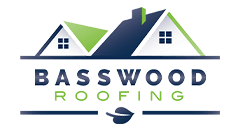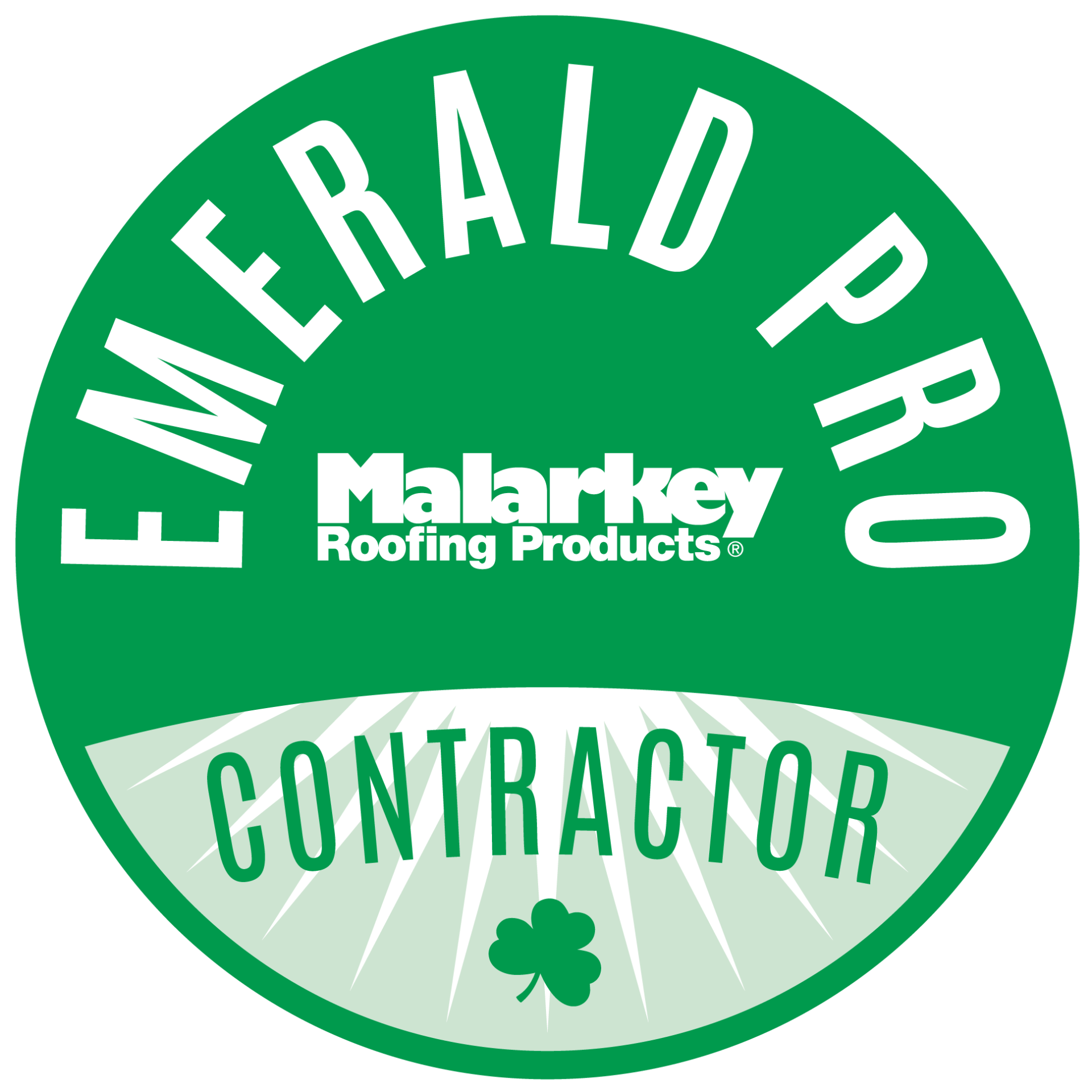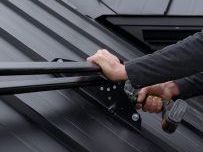
How Often Should You Replace Your Roof?
Roof, despite being an integral part of our home is often overlooked when it comes to cleaning and maintenance. A lot of homeowners usually don't take notice of their roof condition unless it begins to leak or disintegrate.
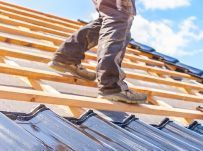
Roofing Maintenance 101: Caring for Different Types of Roofing Systems
There are various kinds of roofing systems each with their specific maintenance requirements. Here are some crucial maintenance procedures to follow that will help you lead a carefree life at your home.
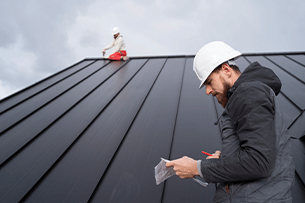
Winter Roofing Checklist: Getting Your Roof Ready for the Cold
Winter is a time where roofs need our special attention and preparation to protect our homes from harsh weather and windy breeze. One of the most crucial things you can do for your family and house is to prepare your roof for winter.
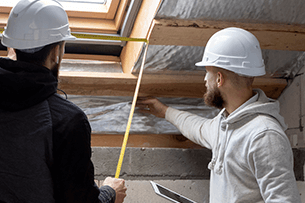
Insulation Sheets 101: Understanding Their Types and Benefits
Insulation sheets, also known as insulation boards or foam boards, are materials used to reduce the transfer of heat, sound, or electrical energy between surfaces.
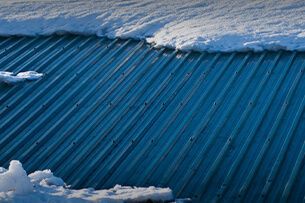
LP Smartside Siding Vs Vinyl Siding: Which is Right for Your Home?
Making the right choice when it comes to your home’s siding is vital as it has a massive impact on both its aesthetics and functionality. There are several options when it comes to sidings for your home.
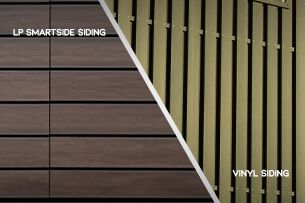
The Importance of Winterizing Your Roof: A Comprehensive Guide
In this comprehensive guide, we'll explore why winterizing your roof is essential and provide practical tips to ensure your home is well-prepared for the colder months.
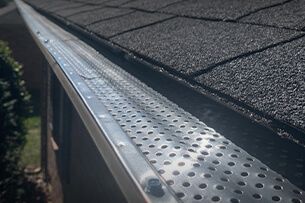
What are the different types of Gutter Guards: Pros and Cons
Imagine an armory of defense for your gutters; that is essentially what a gutter guard is! It's a gutter guard protection that protects your gutters from debris and blockage.
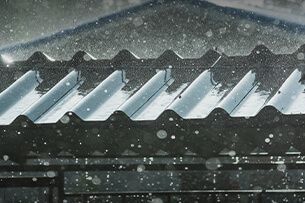
How to protect your Roof from Storm Damage
The roof of your home is the first line of defense against the elements, especially during storms. Storms can wreak havoc on roofs, causing costly repairs from high winds to heavy rain and hail. Protecting your roof includes more than just reacting to storms
SERVICE AREAS
List of Services
-
Beloit, WI Write a description for this list item and include information that will interest site visitors. For example, you may want to describe a team member's experience, what makes a product special, or a unique service that you offer.
Item Link List Item 1 -
Clinton, WI Write a description for this list item and include information that will interest site visitors. For example, you may want to describe a team member's experience, what makes a product special, or a unique service that you offer.
Item Link List Item 2 -
Evansville, WI Write a description for this list item and include information that will interest site visitors. For example, you may want to describe a team member's experience, what makes a product special, or a unique service that you offer.
Item Link List Item 3 -
Fontana, WI Write a description for this list item and include information that will interest site visitors. For example, you may want to describe a team member's experience, what makes a product special, or a unique service that you offer.
Item Link List Item 4 -
Janesville, WI Write a description for this list item and include information that will interest site visitors. For example, you may want to describe a team member's experience, what makes a product special, or a unique service that you offer.
Item Link -
Lake Geneva, WI Write a description for this list item and include information that will interest site visitors. For example, you may want to describe a team member's experience, what makes a product special, or a unique service that you offer.
Item Link -
Orfordville, WI Write a description for this list item and include information that will interest site visitors. For example, you may want to describe a team member's experience, what makes a product special, or a unique service that you offer.
Item Link -
Walworth, WI Write a description for this list item and include information that will interest site visitors. For example, you may want to describe a team member's experience, what makes a product special, or a unique service that you offer.
Item Link -
Delavan, WIItem Link
Write
CONTACT US
WI Lic. DC-022200179
